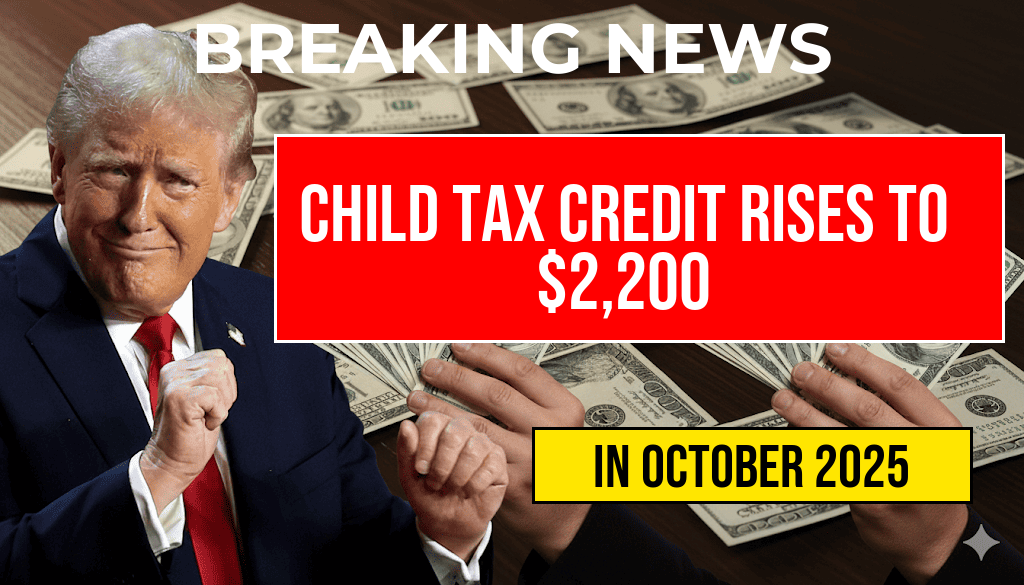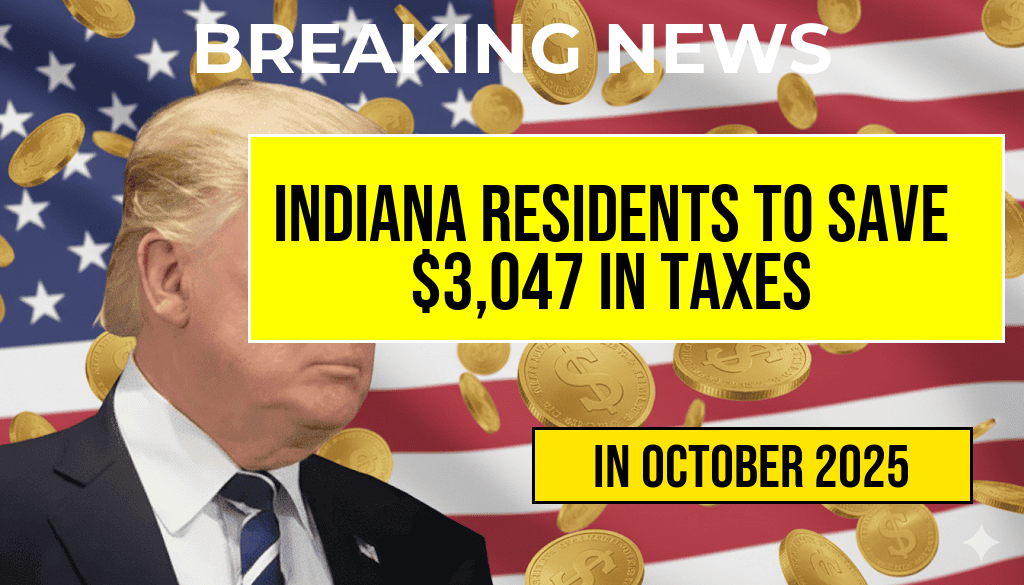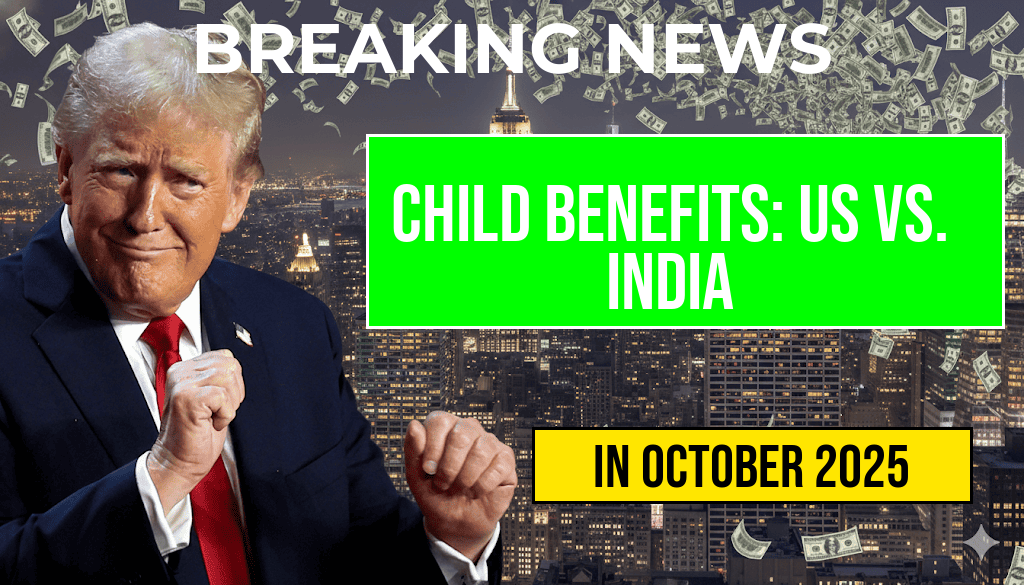The Child Tax Credit has seen a significant increase, now providing up to $2,200 per qualifying child, marking a substantial boost for millions of American families. This enhancement, part of recent federal policy adjustments, aims to ease financial burdens faced by parents and guardians, especially amid ongoing economic challenges. The updated credit applies to children under 17 and is designed to supplement household incomes, support child development, and promote economic stability. With this change, an estimated millions of families are expected to benefit from increased monthly or annual tax relief, providing a crucial safety net for many households navigating inflation, rising childcare costs, and other economic pressures.
Details of the Increase and Eligibility Criteria
How the boost was implemented
The increase to $2,200 per child was enacted through recent legislative measures aimed at expanding the Child Tax Credit (CTC). Previously, the maximum credit was $2,000, with a phase-out beginning at higher income levels. The new policy raises the maximum benefit and adjusts income thresholds, allowing more families to qualify for the full amount. Additionally, the credit remains partially refundable, meaning families with lower income can receive the benefit even if they do not owe taxes, thereby extending support to marginalized communities.
Who qualifies for the increased credit
- Children under age 17
- Filing status: Most families filing jointly or singly qualify, provided income levels fall within specified thresholds
- Income limits: The phase-out begins at higher income levels, accommodating middle-class families who previously fell outside eligibility
The updated thresholds are designed to target families with moderate incomes, ensuring that benefits reach households most in need. For detailed eligibility criteria, families are encouraged to consult the IRS official guidelines.
Impact on Family Finances and Broader Economic Effects
Financial relief for families
Many households will see tangible improvements in their monthly budgets, especially those with multiple children. For example, a family with three children under 17 can now receive up to $6,600 annually, compared to previous limits. This additional income can be directed toward essential expenses such as housing, healthcare, education, and childcare. According to recent analyses from Forbes, the increased credit is expected to reduce child poverty rates and improve overall well-being for children in low- and middle-income families.
Potential economic ripple effects
| Benefit Area | Expected Outcomes |
|---|---|
| Child well-being | Improved access to nutrition, healthcare, and educational resources |
| Economic stability | Reduced reliance on social safety net programs and increased consumer spending |
| Workforce participation | Encouragement for parents to remain engaged in the labor market |
Experts suggest that boosting the Child Tax Credit can contribute to broader economic resilience by boosting household spending power, which in turn supports local businesses and employment. The policy also aims to address persistent income disparities that have widened over recent years, particularly affecting marginalized communities.
Implementation Challenges and Future Outlook
Administrative considerations
While the increase offers notable benefits, some families face hurdles related to the application process and awareness. The IRS has rolled out outreach initiatives to ensure eligible households are informed about the updated credit and how to claim it. Additionally, tax filers are advised to review their eligibility and update their information to maximize benefits.
Policy debates and potential extensions
As discussions continue around the long-term sustainability of expanded child benefits, policymakers are weighing proposals for further enhancements. Some advocates argue that permanent increases in child-related tax credits could significantly reduce child poverty and promote economic equality. However, opponents raise concerns about the fiscal impact and the need for broader tax reform. The ongoing legislative process will determine whether these enhancements become a lasting feature of the U.S. social safety net.
Frequently Asked Questions
What is the new amount for the Child Tax Credit?
The Child Tax Credit has been increased to $2,200 per eligible child, providing greater financial support to families.
Who qualifies for the increased Child Tax Credit?
Families with eligible children under age 17 who meet certain income requirements can qualify for the increased Child Tax Credit.
How does the increased Child Tax Credit benefit families?
The increase to $2,200 per child helps millions of families cover essential expenses like childcare, education, and daily necessities.
When will families start receiving the increased Child Tax Credit?
Families can expect to see the enhanced benefits reflected in their tax refunds or monthly payments starting from the upcoming tax season.
Are there any income limits for claiming the increased Child Tax Credit?
Yes, the income limits determine eligibility, with phase-outs applying to higher-income families, but many still qualify for the increased benefits.








